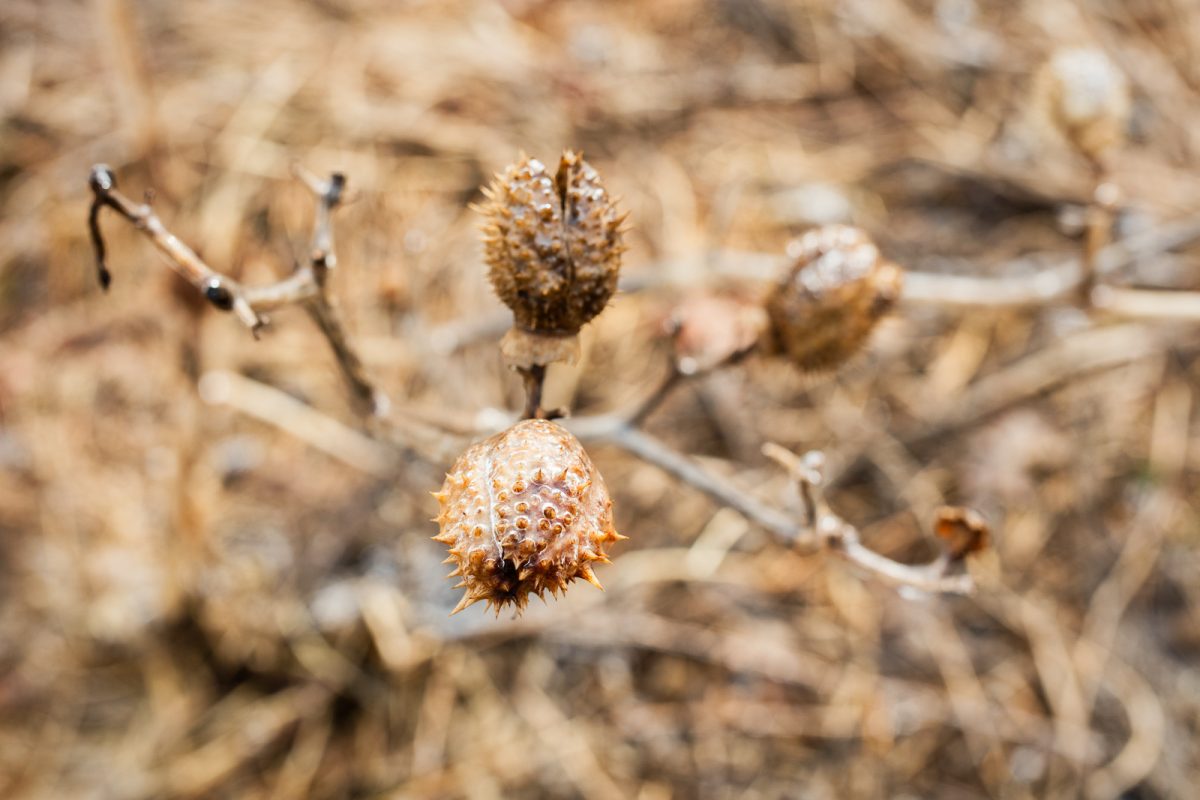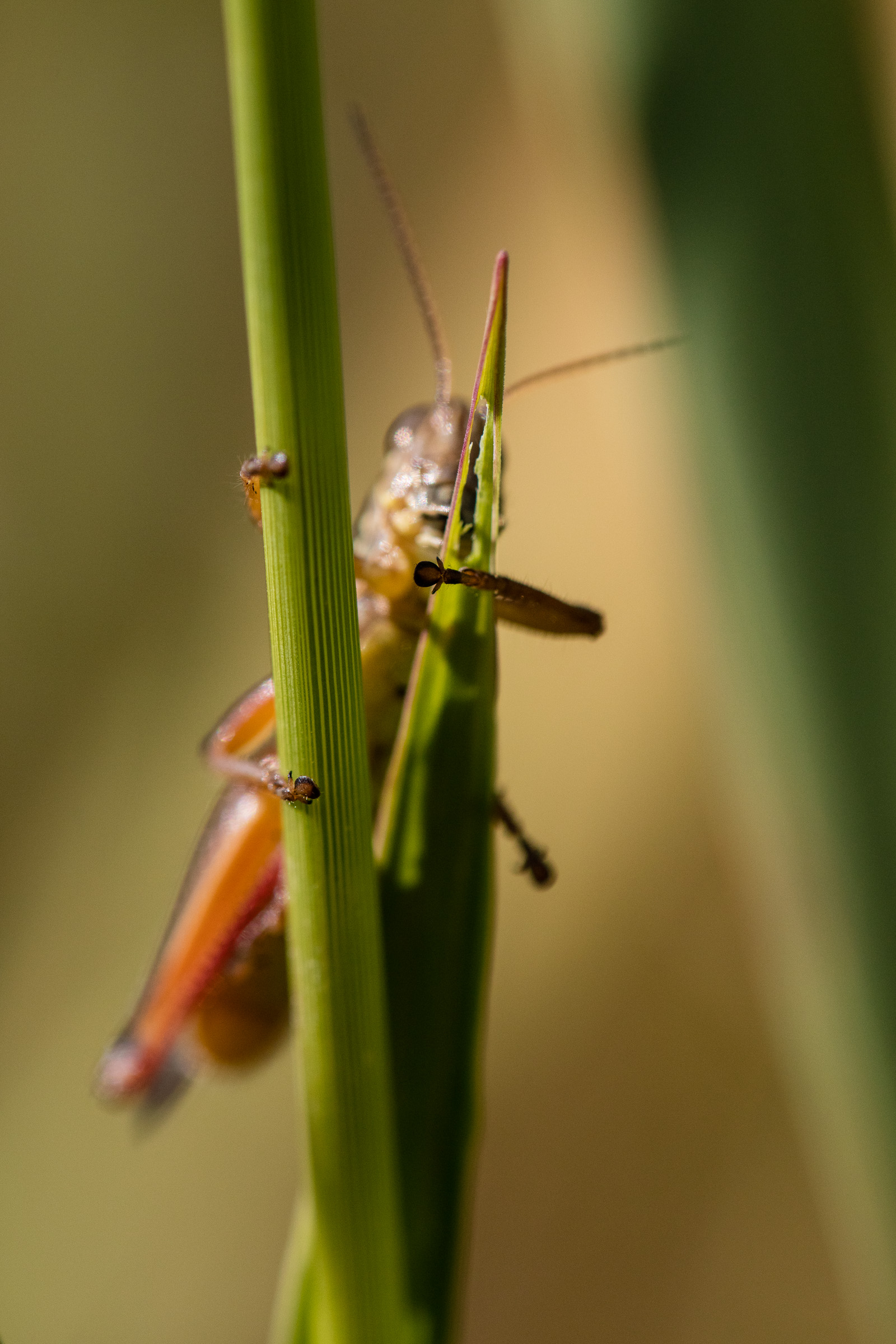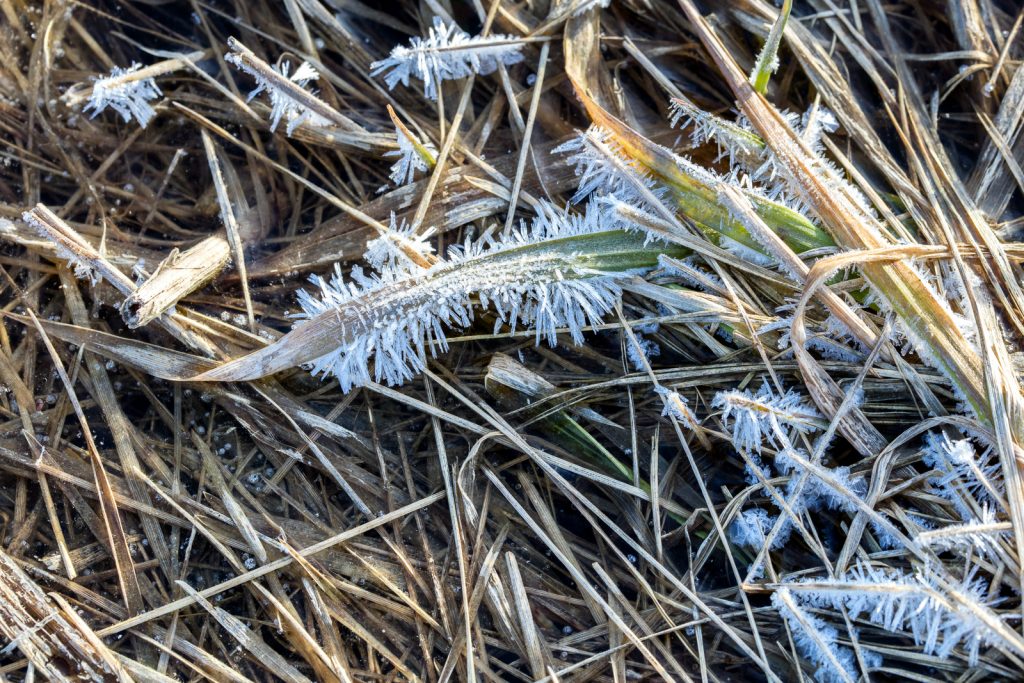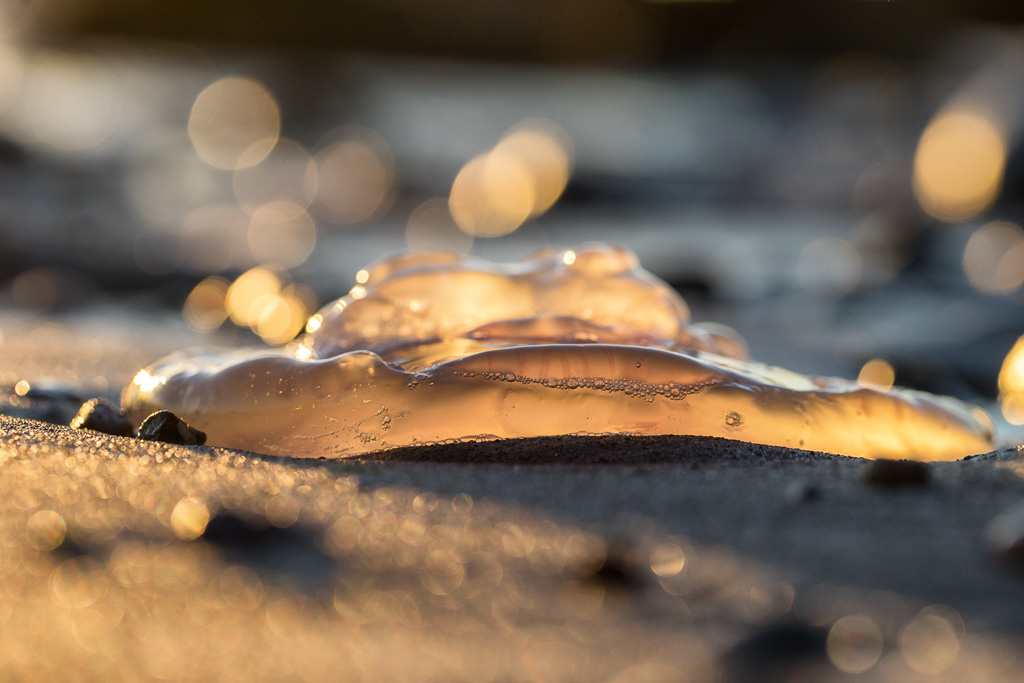At the beginning of a semester in high school chemistry, the teacher rhymed off all the general topics we’d be covering. That was the last science course I ever took, and I don’t remember any of the topics our teacher mentioned … except one. She said we’d be learning about nomenclature. One of my classmates put up her hand and asked, in all seriousness: “Who’s Norman Clature?” She thought maybe he was a famous chemist.
In certain circles, people think Norman Clature is a big deal. In other circles, not so much. In photography, people’s views divide down the middle. A lot hangs on what a given photographer thinks their photograph is for. If, for example, a photograph of a bug is going to end up in a textbook on entomology, then Norman Clature will likely insist on correctly identifying the bug. On the other hand, if a photograph of a bug is going to end up in an artsy forum where viewers are more concerned about line and colour and composition, then Norman Clature may not be so fussy.
For me, the challenge is that sometimes I have no idea (nor control over) how a given photograph will be used. Take today’s image, for example. Focus takes our eyes to a spiky seed pod covered in a thin layer of melting ice. I have no idea what species of seed pod this is. Maybe a chestnut? When I set up my tripod and framed this shot, I wasn’t thinking: “Oh, there’s a fine example of [insert Latin phrase here].” I was thinking: “Isn’t it interesting how those spikes are sticking up through the ice.”
I find that birders are the worst. A guy with a pair of binoculars will see my long lens and ask: “Did you see that fine example of a double-breasted hairy hoober goober?” And I’ll shrug and say: “I’m just here to shoot pretty birds.” I understand why it’s important for birders to bring Norman Clature into the field with them, but not all of us care for his company. Sometimes the visual effect of a photograph doesn’t depend on whether you can name the thing represented in the photograph. There it is! Look at it!








